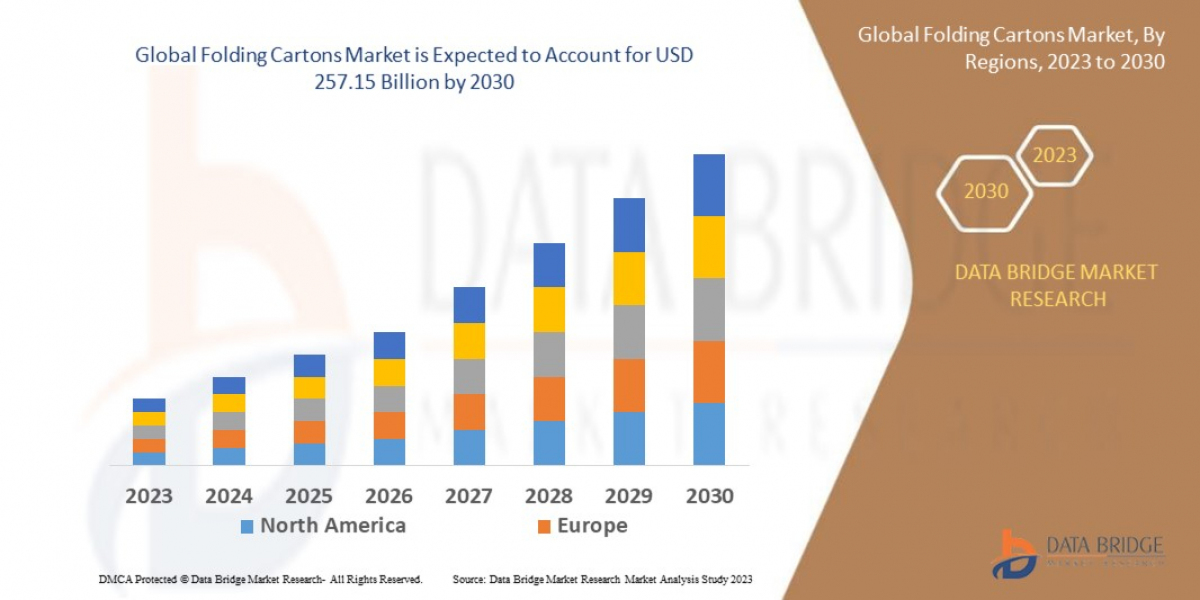The art and science of winemaking, an industry steeped in tradition, is undergoing a profound digital transformation. At the heart of this evolution is Winery Management Software, a specialized suite of digital tools designed to streamline and optimize every facet of the winemaking journey, from the vineyard to the consumer. This integrated technology provides a centralized platform for managing all operational data, replacing disconnected spreadsheets, paper records, and guesswork with a single source of truth. By digitizing workflows, this software allows wineries to gain unprecedented control over their production processes, enhance quality, and improve business performance, turning data into their most valuable asset alongside their grapes. It represents a crucial step in modernizing a centuries-old craft to meet the demands of a competitive global market.
A comprehensive winery management solution is typically modular, addressing the distinct stages of the production lifecycle. It begins in the field with vineyard management modules, which allow viticulturists to track block-by-block data on planting, pruning, irrigation, pest control, and fruit development, leading to more informed harvesting decisions. Once the grapes arrive at the winery, cellar and production management tools take over, meticulously tracking every step from crush and fermentation to blending, aging, and bottling. This includes monitoring barrel contents, lab analysis results, and work orders. Crucially, these operational modules are integrated with business functions like inventory management, cost tracking, regulatory compliance reporting (TBB reports in the US), and sales and distribution, creating a seamless flow of information.
The adoption of this technology yields a powerful return on investment through numerous benefits. The most significant is the improvement in operational efficiency, as automation reduces manual data entry and streamlines communication between the vineyard, cellar, and office teams. This enhanced data capture and analysis lead to better, faster decision-making, allowing winemakers to fine-tune their processes for improved wine quality and consistency. Furthermore, the software provides robust traceability, a critical requirement for regulatory compliance and for building consumer trust. By offering a holistic, real-time view of the entire business, winery management software empowers producers to not only craft exceptional wine but also to build a more profitable and sustainable enterprise.














